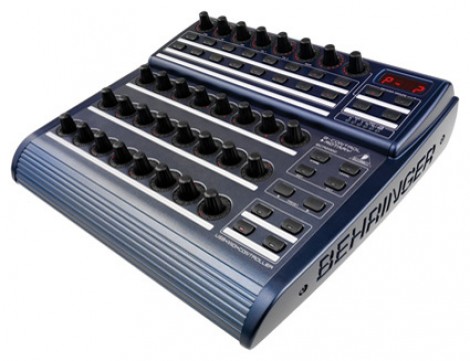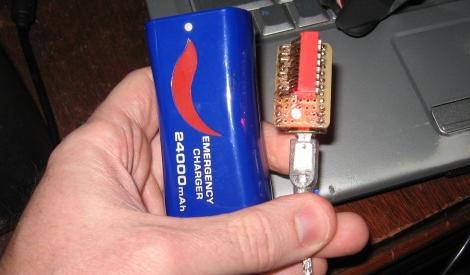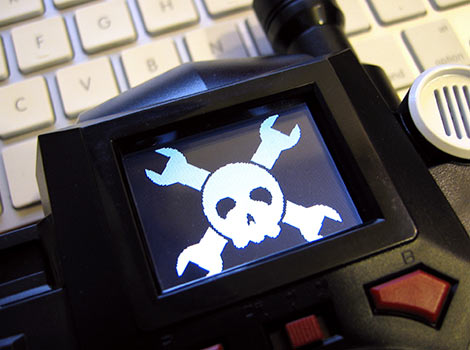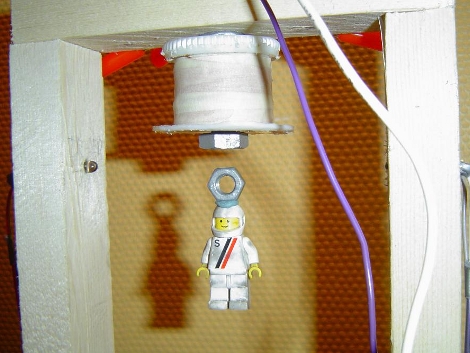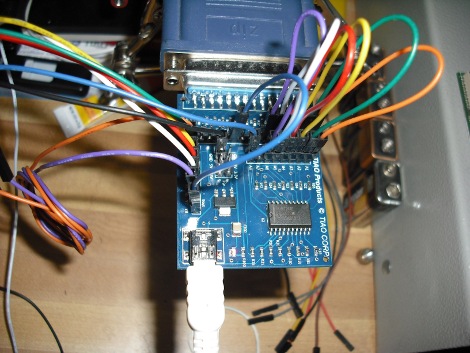
[Firestorm_v1] has done a fabulous writeup on not only resurrecting his dead DockStar with JTAG, but also includes some handy techniques and useful information that could be used with other hardware and JTAG equipped devices.
The tutorial itself goes into the details of finding the JTAG, correctly identifying the ports and making an adapter cable. Then wiring a TIAO Parallel JTAG kit and finally the flash and upload of firmware to the deceased Dockstar to give it new life.
While the fun stops a little short, we’ll be sure to keep an eye out for [Firestorm_v1’s] future plans involving these surprisingly useful (read: hackable) storage devices, “roving USB camera with WiFi” we hear?

